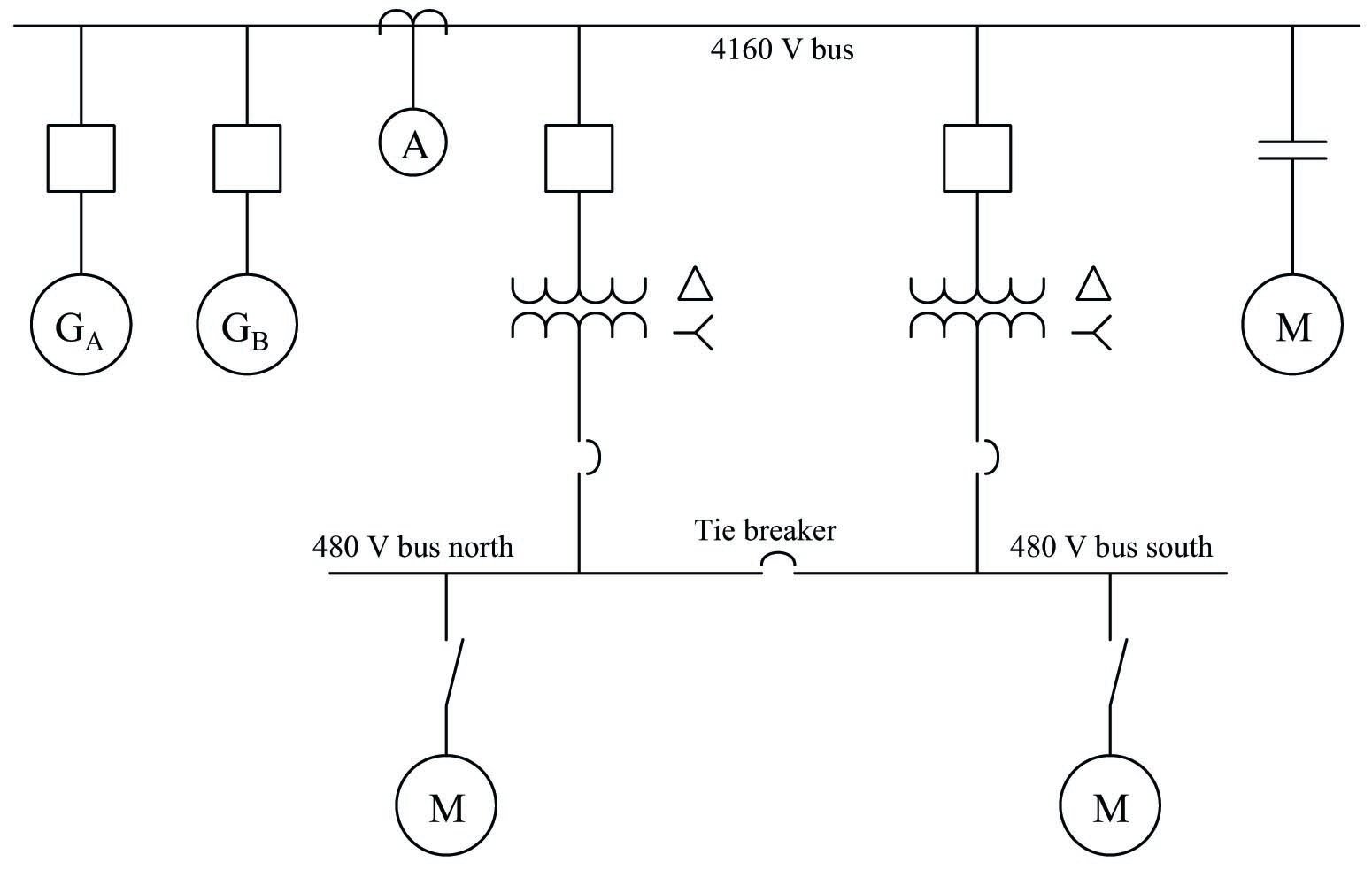Air conditioning (Air-conditions and Refrigeration are constantly evaluated in Tons)
Forced air systems
These systems are constantly evaluated in Tons capacity instead of kW since Air conditioners are planned based on the amount of warmth expulsion from the room, lobby or explicit region. Amount of warmth is named in Tons implies if a forced-air system can expel 1000 kilo calories of warmth or 4120 kilojoules or 12000 BTU of warmth in an hour that AC evaluated as 1 Ton of AC since 1000 Kilocalories or 4120 kilojoules or 12000 BTU equivalent to one Ton of warmth. Additionally, this is a similar case for cooler and icebox for example refrigeration framework.
Great to know:
BTU = British warm unit. An estimation of warmth, explicitly, the measure of warmth expected to raise the temperature of a pound of water by 1°F.
Meaning of Ton
A Ton of refrigeration (RT) is roughly equal to 12,000 BTU/h or 3,516.8528 W or 4.7142Hp.
A Ton of refrigeration (RT) is a unit of intensity used to portray the warmth extraction limit of cooling and refrigeration types of gear. It is characterized as the warmth of the combination consumed by softening 1 short ton of unadulterated ice at 0 °C (32 °F) in 24 hours.
What number of kW and HP are there in 1 Ton?
1 Ton = 3.5168525 kW = 4.714Hp
Clarification
1 Ton = 12,000 BTU/h
1 Watt = 3.412141633 BTU/h
1 Ton = 12,000/3.412141633 = 3,516.8528 Watts = 3.5168528 kW.
1 Ton = 3,516.8528 Watts = 3.516 kW.
Too
1 Ton = 3,516.8528W/746 = 4.7142798928 Hp →→→ (1 Hp = 746 Watts)
1 Ton = 4.714 Hp
How to change over Tonto Kw and the other way around?
One RT(Refrigeration Ton) = 3.5168528 kW…
1 RT = 3.5168528 kW
1 kW = 0.284345 RT(Refrigeration Ton)
1 kW = 0.28434517 RT
In this way,
The power P in kW = Power P in RT (Refrigeration Ton) times 3.5168528….
P(kW) = P(RT) × 3.5168528
Model
Convert 3 Ton AC into kW for example Convert 3 RT to kW.
Arrangement:
P(kW) = 3 RT × 3.5168528
P(kW) = 10.55 kW
3 Ton AC = 10.55 kW
The amount Current in Ampere will a 2 Tons AC attract Single Phase and Three Phase System?
Assume, There are 230V and Power factor = Cosθ = 0.95 in Single Phase AC framework…
1 Ton = 3,516.8528 Watts = 3.516 kW.
2 Ton = 2 x 3.516 kW = 7.032kW = 7032W
Power in a Single Phase AC System
P = VxI Cosθ and current…
I = P/(V x Cosθ)… .. Where Cosθ = Power factor
I = 7032W/(230V x .95)
I = 32.18 A
In this manner, a 2 Ton AC (Air-condition in Single Phase AC framework will take 31.18 Ampere Current
And Three Phase System
Assume, There are 440V and Power factor = Cosθ = 0.85 in Three-Phase AC framework…
Power in a Three-Phase AC System
P =√3 x VLxIL Cosθ and current… .
I = P/( √3xVxCosθ)
I = 7032W/(1.732 x 440V x .85) Where Cosθ = Power factor and √3 = 1.732
I = 10.855 A
In this way, a 2 Ton AC (Air-condition in Three-Phase AC framework will take 10.855 Ampere Current
Great to Know: This is simply figuring dependent on Electrical equations. In genuine, Air conditioner current depends a great deal on working conditions, for example, the surrounding temperature, refrigerant weight, Energy Efficiency Ratio (EER) and so on for example, if EER is 6, at that point info control for 2 Tons Air conditioner is 24000BTU/6 = 4000 watts.
On the off chance that this is a 230-volt framework, at that point forced air system load current would be = 4000/(230x.95) = 18.5 A
For more detail… Check the Air conditioner Nameplate rating.
Another comparable rating is Coefficient of intensity (COP) which is the yield control in watts partitioned by information control, so with a COP = 1.8, for example, input control for 2 Tons Air conditioner is 7032W/1.8 = 3906 watts. Presently you can discover current by utilizing the above strategy which is equivalent to 18A approx.
What number of 2 Ton A.C (Air conditioner) would I be able to keep running on a 25 kVA Generator?
2 Ton = 2 x 3.516 kW = 7.032kW = 7032W
The Efficiency of Utility Power Generator is 90% around.
Proficiency of Generator = 25kVA x (90/100) = 22.5kVA
Presently the Number of 2 Ton AC (Air conditioners) which you can keep running on a 25 kVA Generator easily.
22.5kVA/7032W
= 3
So you can run Three Air conditioners of 2 Tons each on a 25kVA Generator.
What is the reasonable rating of MCB for 2 Ton and 1 Ton AC (Air conditioner) and why?
As we have determined the heap current for 2 Ton AC Air conditioner…
Determined Current for 2 Ton A.C = I = 32.18 A
Presently 40A Class "C" MCB (scaled-down electrical switch) would be appropriate for 2 Ton AC (cool) because in beginning time it takes increasingly flow of the full burden flow
What's more, 20 A Class "C" MCB would be better for 1 Ton AC (cool)
Great to Know:
Class "'C' Type MCBs
Class "C" Type MCBs are reasonable for establishments with the high inrush of current at the beginning exchanging time. at the end of the day, hardware and gadgets having inductive loads, for example, forced air systems, enlistment engines, fluorescent lights, transformers etc.





